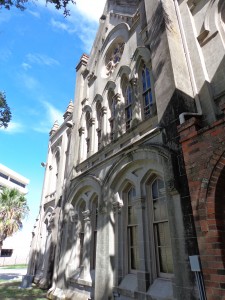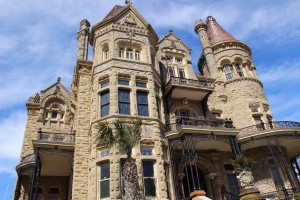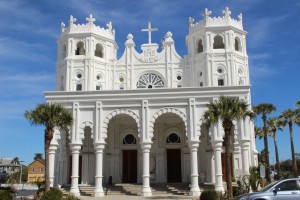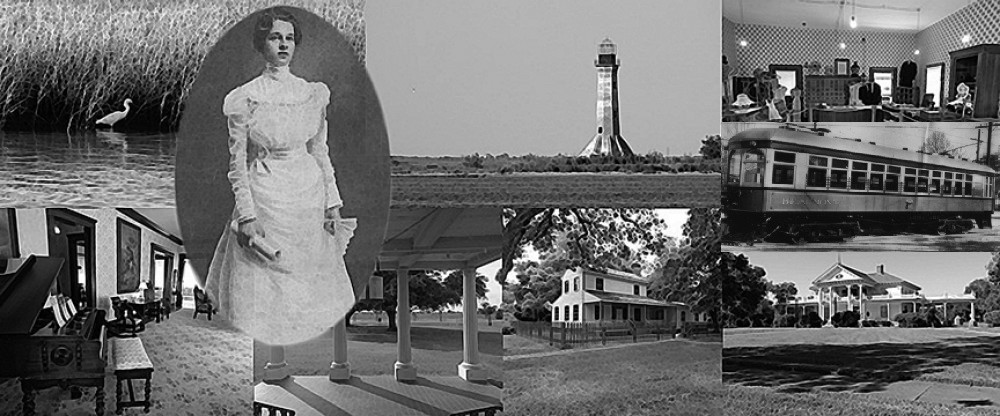While attending tours and lectures, or just sightseeing on Galveston Island over the past three years, one name has constantly been mentioned in relation to the history of the island’s beautiful architecture. I therefore decided to delve into the background of the person who produced so much of the artistry that is still here for us to enjoy.
Nicholas Joseph Clayton was born on November 1, 1840, in Cloyne, County Cork, Ireland. After his father’s death, he and his mother immigrated to Cincinnati, Ohio, in 1848. During his pre-civil wartime life, he worked as a plasterer in a few cities that spanned both sides of the Mason–Dixon line. From 1862 to 1865 he served as a yeoman in the U.S. Navy.
After the war he returned to Cincinnati and worked as a marble carver. City directories show his progress from working as a carver in 1866 to becoming an architectural draftsman in 1871. In October of 1871 he moved to Houston. While there, he was appointed as the supervising architect for the First Presbyterian Church in Galveston. It is here that evidence of his exceptional craftsmanship first revealed itself. Clayton designed many different types of buildings from 1873 to 1900 with most of his greatest works being produced in the 1880s and 1890s.
Although his artistry can be found in many structures, I could not include all the treasures he designed and/or built in this post, so I will present a few highlights from his illustrious career.
Eaton Memorial Chapel: In 1882, the chapel was dedicated as a memorial to the Rev. Benjamin Eaton, founding rector, 1841–71. 
George Sealy House and Carriage House (circa 1891): Nicholas Clayton is credited as being the supervising architect, Stanford White the designer, and McKim, Mead, and White the architectural firm.
Ursuline Academy (circa 1894): According to Howard Barnstone’s book, The Galveston That Was, this was Clayton’s largest and most important architectural design. Unfortunately it was demolished in 1962 after sustaining major damage from Hurricane Carla in 1961.
University of Texas Medical School (circa 1890): This treasure still stands as a monument to Clayton’s work but is surrounded by progress. It is part of what is now the University of Texas Medical Branch at Galveston.
Gresham Mansion (circa 1892): Since taking the Basement to Attic tour a few weeks ago, I regard this castle as my favorite of his works. The Gresham Mansion is now known as Bishop’s Palace and is open for tours.
Sacred Heart Church (circa 1892): The original building was destroyed in the Great Storm of 1900. At the time of its construction, the Catholic Diocese was unhappy with the original design and sought out Clayton to finish the project. The present building was designed by Brother S. J. Jimenez.
Other architectural designs by Clayton include Galveston Pavilion (circa 1881, burned in 1883), Harmony Hall (circa 1881, burned in 1928), Beach Hotel (circa 1883, burned in 1898), and St. Mary’s Infirmary (circa 1874, demolished in 1965).
Nicholas Clayton died on December 9, 1916, and is buried in Calvary Catholic Cemetery in Galveston. I for one see his contributions as a major part of SETX architecture. So many of his beautiful structures still stand today. These works are a tribute to the genius of a poor Irish immigrant who succeeded in making SETX that much more beautiful.
Sources:
Howard Barnstone, The Galveston That Was (1966)
Galveston Historical Foundation
